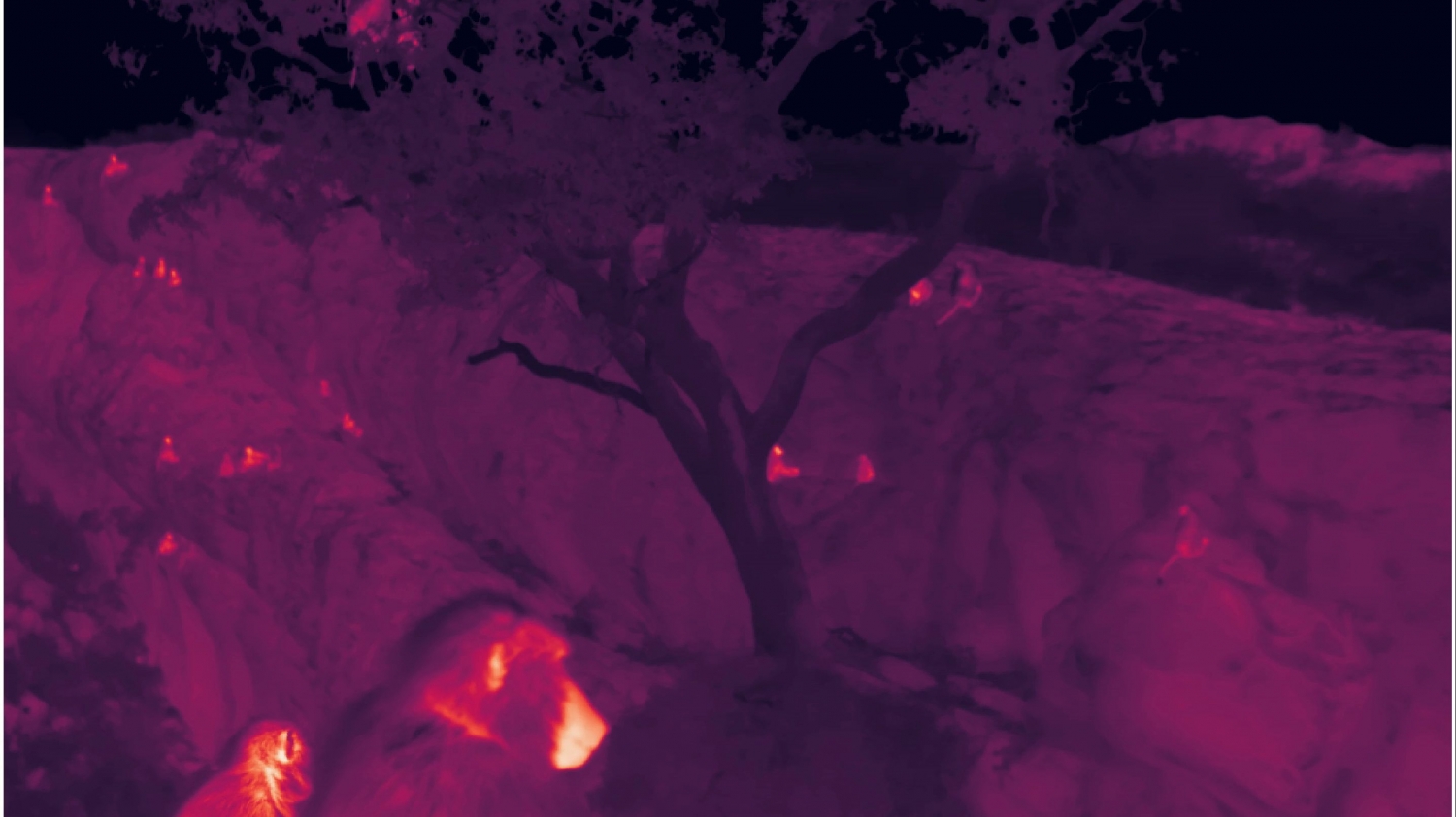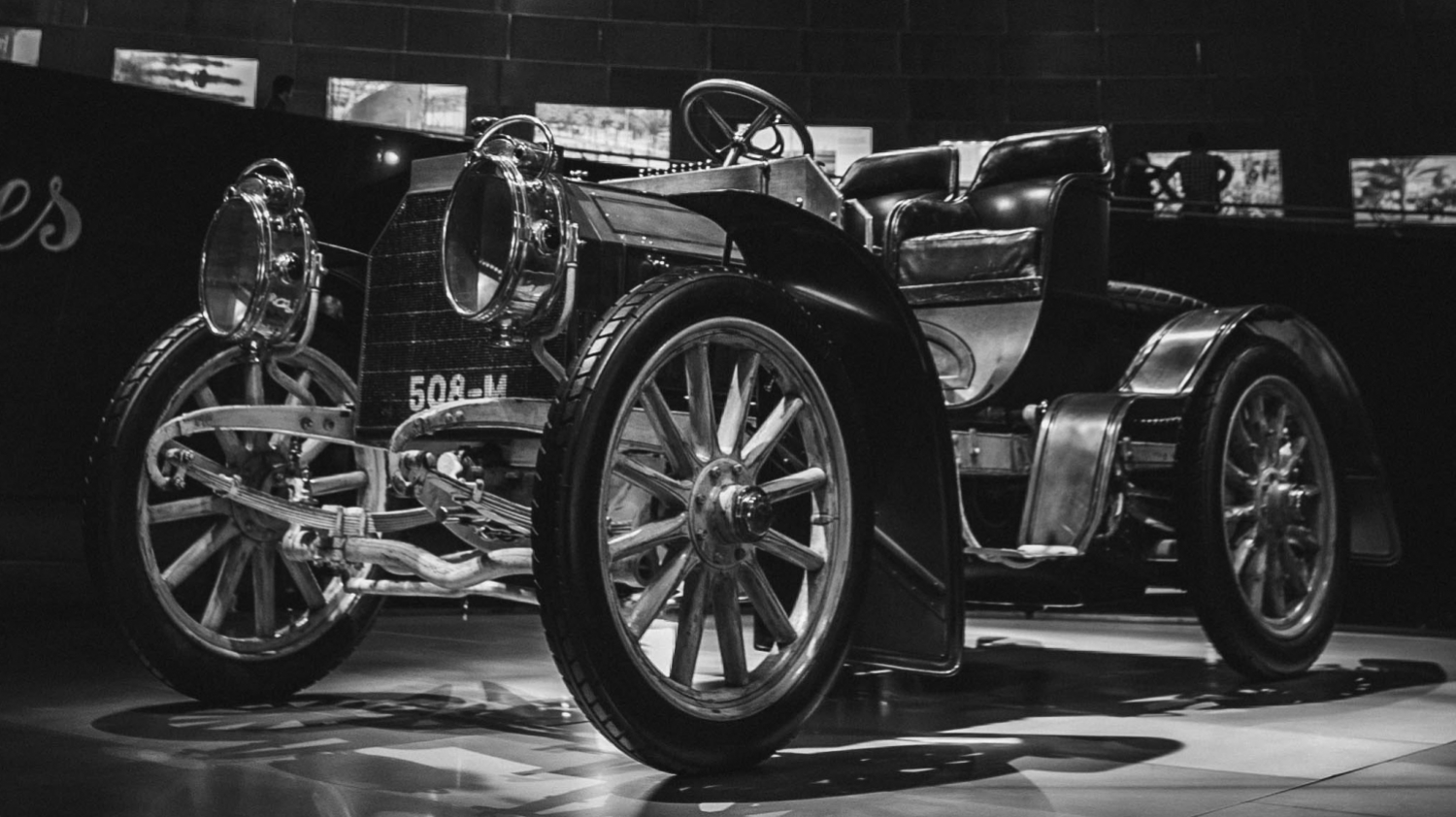ERC Consolidator Grants for Meg Crofoot and Timo Müller
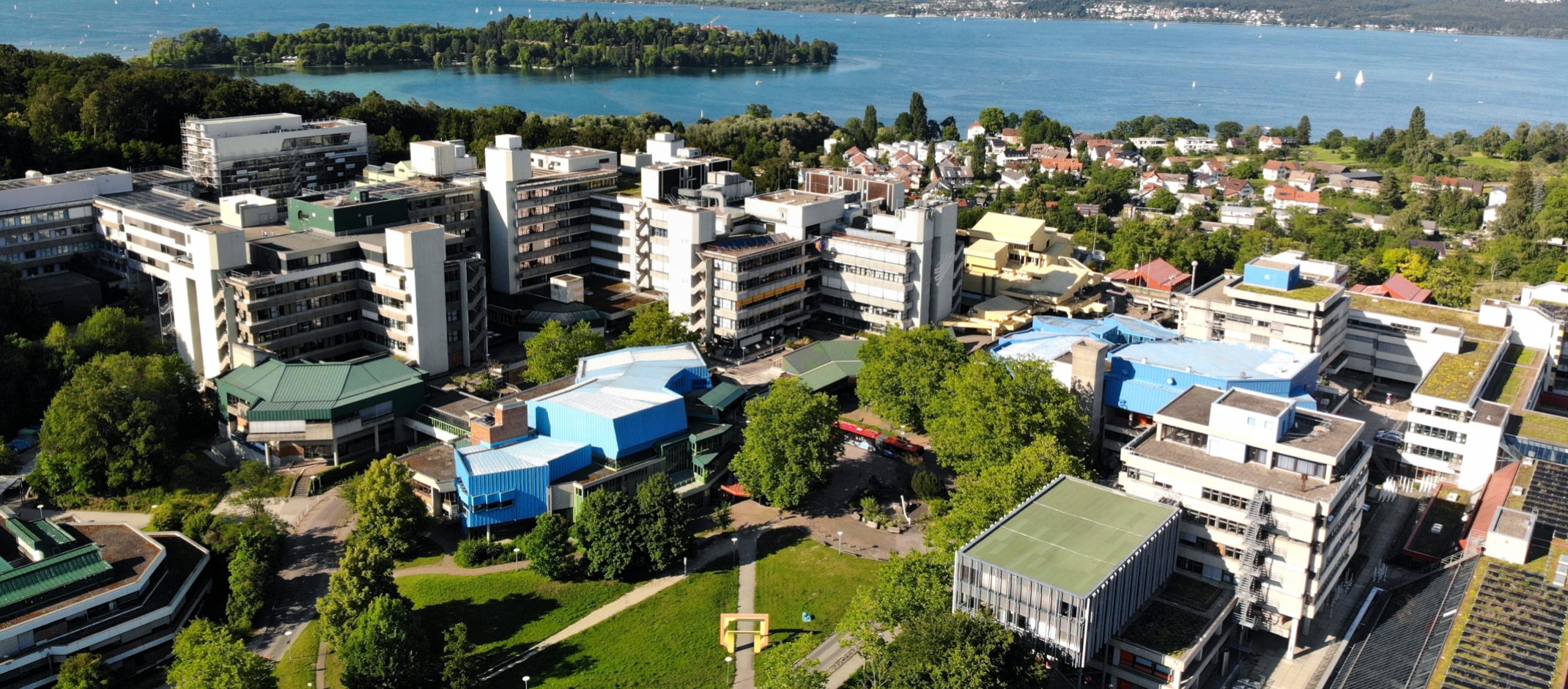
Professor Meg Crofoot and Professor Timo Müller, a biologist and literary scholar respectively at the University of Konstanz, each receive an ERC Consolidator Grant from the European Research Council funding their research for five years. In her „CO-SLEEP“ project, Meg Crofoot develops a new perspective in studying sleep: she and her team examine the social aspects of sleep in groups. They combine traditional field-observation methods with cutting-edge technologies for their studies on wild baboons in Kenya. Timo Müller examines the early phase of automobility, seen as an aesthetic experience, in his project "Off the Road: The Environmental Aesthetics of Early Automobility". In the interdisciplinary collaboration project, involving researchers in the fields of knowledge and environmental history, he compiles a corpus of American literature on automobility and analyzes its specific perception of the environment.
CO-SLEEP – Sleep as a collective behaviour
How do group-living animals overcome conflicts of interest to achieve shared goals? How do groups make decisions, and are there universal rules by which animal societies organize themselves? These are some of the questions Meg Crofoot addresses in her research. She is a professor of Organismal Interactions at the University of Konstanz’s Department of Biology, Alexander von Humboldt Professor and Director of the Department of Ecology of Animal Societies at the Max Planck Institute of Animal Behavior.
With her "CO-SLEEP" project, for which she was recently awarded an ERC Consolidator Grant in the amount of 2.9 million euros, Professor Crofoot aims to change the way we think about and study sleep. “Animals that live in groups, don’t sleep in isolation, but because most sleep research is conducted in laboratory settings, almost nothing is known about the social dynamics of sleep", Crofoot explains.
Her CO-SLEEP project explicitly aims to bring the study of sleep behaviour into a collective context.
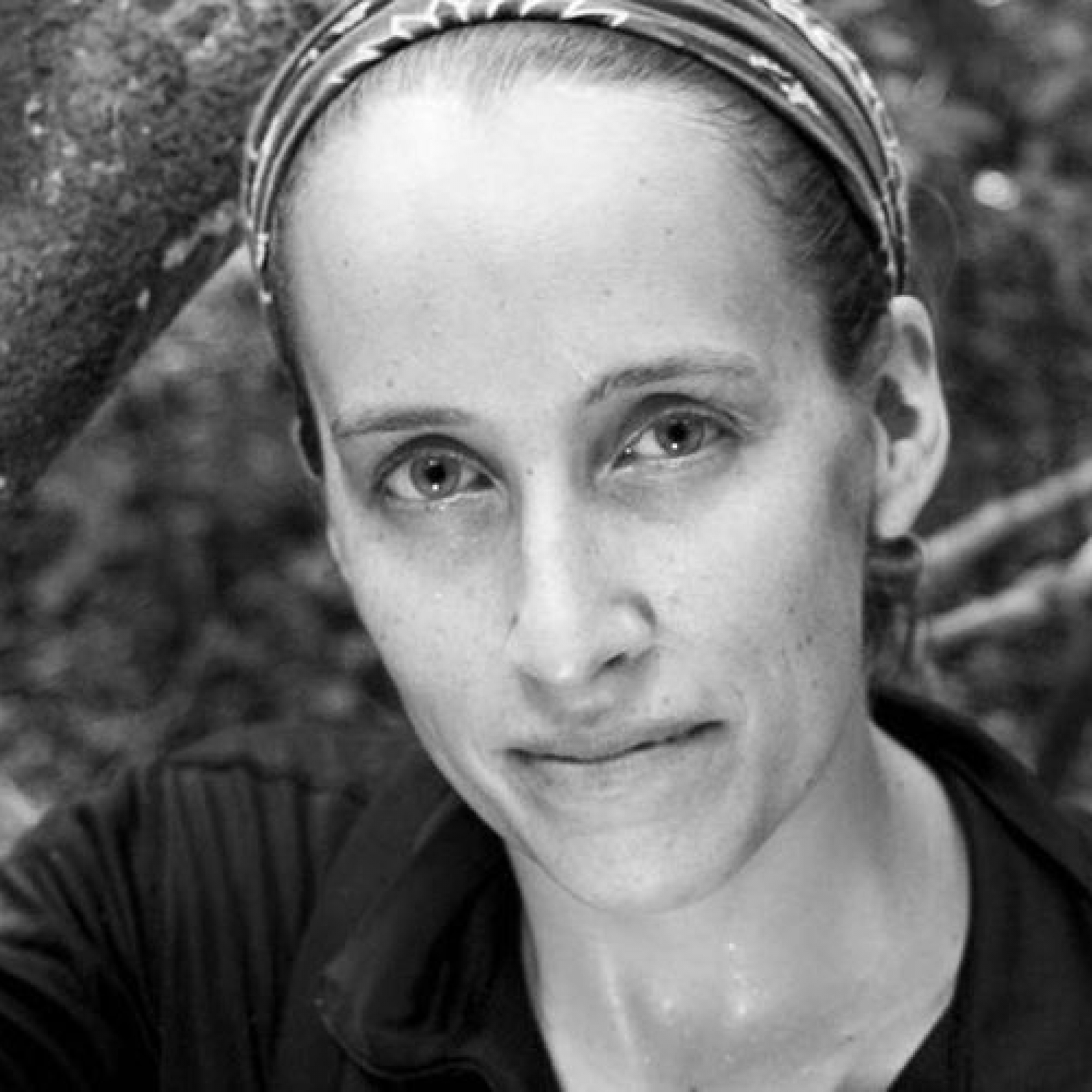
"My goal is to understand how social environments shape – and are shaped by – the sleep patterns of their members. To achieve this, we have to take sleep research out of the lab and into the field."
Meg Crofoot
Fieldwork using state-of-the-art technology
To do this, Meg Crofoot and her team will combine traditional field-observation methods with cutting-edge technologies for their studies on wild baboons in Kenya. These technologies include collars with miniaturized GPS transmitters and acceleration sensors that record the movements of individual animals, as well as thermal imaging cameras for behavioural monitoring at night. In this way, the movement patterns and sleeping behaviour of 30 baboon troops – about 900 individuals – will be studied at the same time; an unprecedented scale for such a field study.
© Carter Loftus / Max Planck Institute of Animal BehaviorThemal imaging camera image
Using advanced computational modelling, the researchers will then analyze the collected data to explore how complex social relationships shape individual and collective sleep decisions, and how these, in turn, interact with social dynamics. "The project has the potential to provide entirely new insights into the social and ecological trade-offs that gregarious species – like us – must make to satisfy their essential need for sleep", concludes Meg Crofoot.
"Off the Road: The Environmental Aesthetics of Early Automobility"
In times of climate crisis, there is widespread agreement that we need to develop more environmentally friendly approaches to automobility. To achieve this, Timo Müller, leader of the project "Off the Road: The Environmental Aesthetics of Early Automobility", assumes that a change in collective perception is necessary. "Off the Road" can contribute to this, highlighting the largely forgotten fact that early automobility was an ecological experience characterized by its intense engagement with the environment.
Unlike today's closed cars on asphalt roads, the early automobiles did not even have a roof. In addition, the country roads of the time were mostly made of earth, gravel or sand. Those who travelled by car outside the city had to know the environmental conditions well.
New environmental experience of automobility
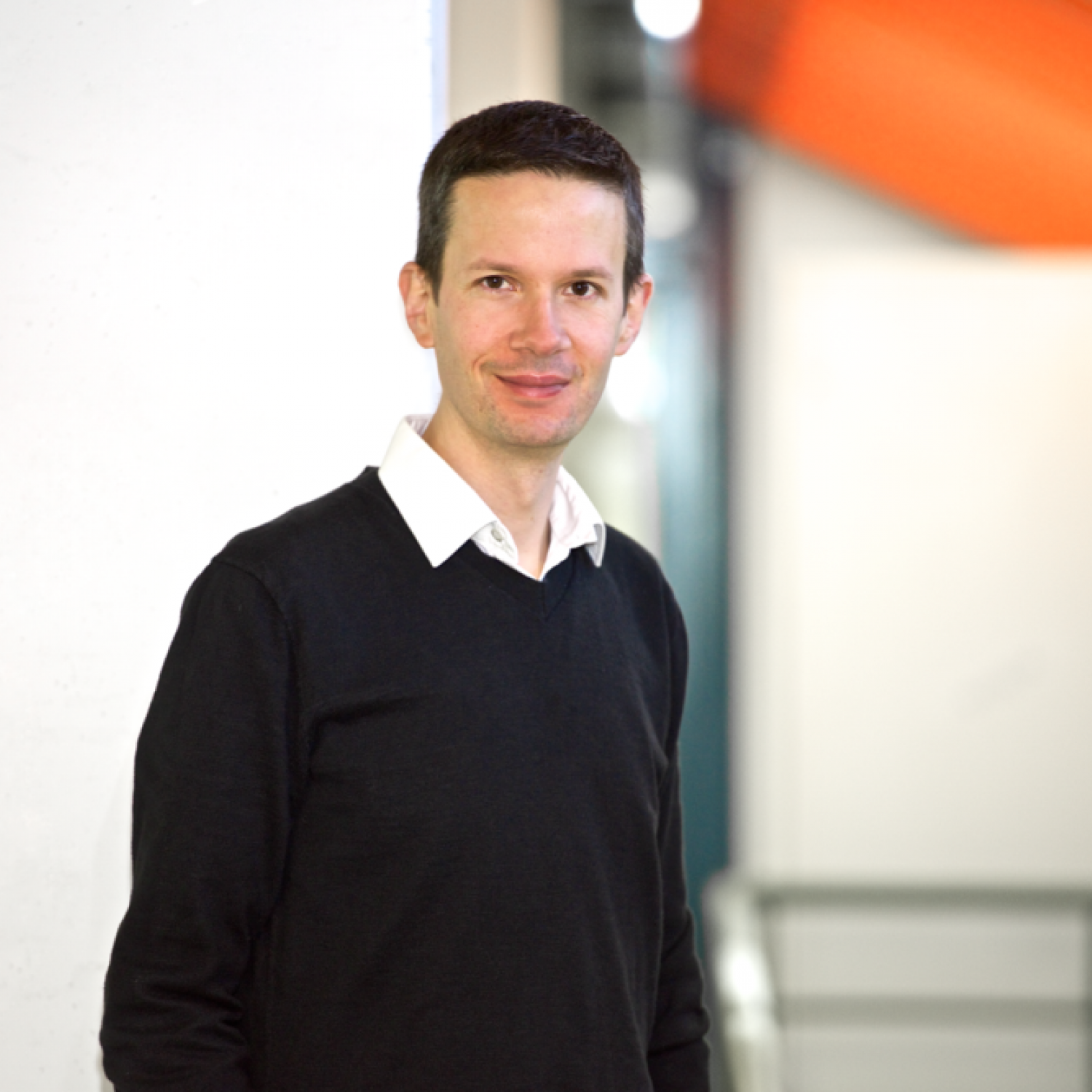
"In 'Off the Road' we assume that, on the one hand, early automobility brought about a different kind of environmental experience than today's. On the other hand, this ex-perience helped shape our current understanding of the environment in that technolo-gy provided a new access to nature."
Timo Müller
To study this perception of nature and the environment, the cultural studies project uses early American literature on automobility, which has hardly been explored until now. The period to be investigated stretches from 1890, the early days of the automobile as a means of transport in the US, to the late 1920s, when paved roads and closed cars became the norm.
To better understand the early perception of automobility and nature, the researchers mainly focus on narrative texts and poems, as these texts transfer tangible experiences into complex aesthetic structures. For example, early motorists saw themselves as pathfinders who literally had to find the road first when driving overland. Timo Müller: "People interacted directly on a physical level with the environment and often arrived at their destination dirty. As a result, we find rich imagery in the texts".
A new corpus of texts will be accessible
"Off the Road" will compile a unique collection of texts on early automobility. The project benefits from the fact that large parts of the literature already are or will be digitalized. The aim is to create an interactive online database that makes a wide range of American literature on automobility accessible for systematic research.
© Paul Hoenhorst on Unsplash
In this cultural studies project, which is funded with nearly 2 million euros from the European Research Council (ERC), Timo Müller, professor of American Studies, collaborates with Konstanz historians who specialize in the history of knowledge. Environmental history researchers, who explore both the history of the environment and the history of its perception, will also be involved in the project.
About the ERC Consolidator Grant
With the Consolidator Grant, the European Research Council supports excellent Principal Investigators in consolidating their own independent research teams or programmes and continuing to develop successful academic careers in Europe. ERC Consolidator Grants are awarded up to a maximum of 2 million euros for a period of 5 years.
An additional 1 million euros can be applied for to cover eligible "start-up" costs, such as equipment purchases, or fieldwork costs. To be considered for an ERC grant, Principal Investigators must demonstrate the ground-breaking nature, ambition and feasibility of their scientific project.
Key facts:
- Two ERC Consolidator Grants from the European Research Council for the University of Konstanz
-
Funding for the projects
- "CO-SLEEP" of Meg Crofoot, Professor of Organismal Interactions and Director of the Department of Ecology of Animal Societies at the Max Planck Institute of Animal Behavior in the amount of 2.9 million euros
- "Off the Road: The Environmental Aesthetics of Early Automobility" of Timo Müller, Professor of America.n Studies in the amount of around 2 million euros
- Funding period: five years.

